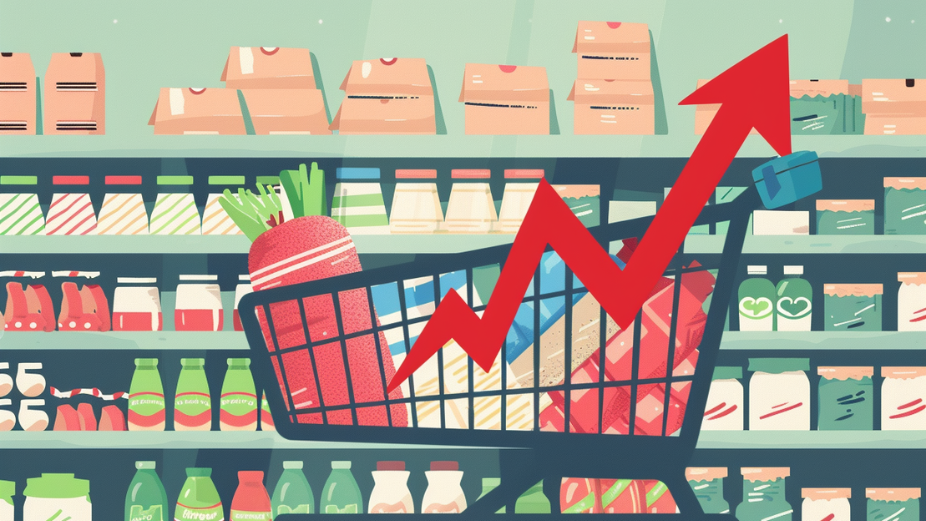
The Maldives experienced a slight rise in inflation in July 2024, with the Consumer Price Index (CPI) increasing by just 0.10% compared to the previous month. This modest inflation rate reflects a significant slowdown from June 2024, which saw a CPI increase of 0.73%. The primary drivers behind July’s inflation were food prices, particularly fish and vegetables, while other sectors such as housing, utilities, and communications saw price decreases.
Food and non-alcoholic beverages witnessed the most substantial increase, climbing by 0.66% in July. This rise was largely due to the escalating prices of essential items such as tuna, which surged by 12.75%, and other staples like eggs and vegetables, which also saw notable price hikes. In particular, tuna and smoked fish were key contributors, highlighting the critical role that local fishing plays in the Maldivian economy and the direct impact that fluctuations in this sector can have on inflation.
Conversely, some categories offset the inflationary pressure. The most significant decreases were seen in the information and communication sector, which dropped by 0.84% due to lower mobile communication costs and a reduction in the prices of electronic goods, such as flat-screen TVs. The housing, water, electricity, gas, and other fuels category also saw a slight decline of 0.08%, driven by reduced electricity and water tariffs.
Looking at the geographical distribution, Male’ and the Atolls exhibited different inflationary trends. In Male’, the CPI rose marginally by 0.03%, influenced mainly by price increases in food and non-alcoholic beverages. However, this was balanced by a sharp 0.83% fall in information and communication costs. In contrast, the Atolls experienced a more pronounced CPI rise of 0.19%, with food prices showing a more significant increase, particularly for tuna, which spiked by 22.52%.
Over the year to July 2024, the CPI for all groups increased by 1.43%, a slight acceleration from the 1.40% recorded over the year to June 2024. This annual rise remains relatively controlled, despite the variations in specific categories. The consistent annual increase in the food and non-alcoholic beverages category, which rose by 6.46%, was a major contributor to the overall inflation. Meanwhile, categories like information and communication saw an 8.47% decrease over the same period, helping to temper the inflation rate.
The Maldives’ inflation pattern reflects both local economic activities and global market influences. The surge in food prices, particularly fish, illustrates the vulnerability of the nation’s economy to supply chain disruptions and changes in local production conditions. The contrasting declines in utility and communication costs highlight ongoing efforts to stabilise prices in essential service sectors, possibly influenced by government policies or international economic conditions.
Overall, while the Maldives has seen a minimal increase in inflation for July 2024, the mixed trends across different categories and regions suggest a complex economic environment. This scenario calls for continued monitoring and adaptive measures to manage inflationary pressures, particularly in food prices, which have a direct impact on household expenses. The government’s strategies in regulating utility costs and fostering competition in the communications sector appear to be mitigating broader inflationary trends, but the reliance on imported goods and external economic conditions continues to present challenges for maintaining stable prices.









